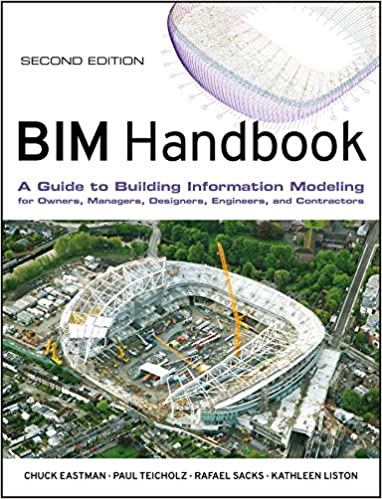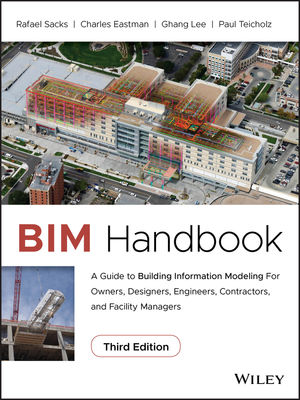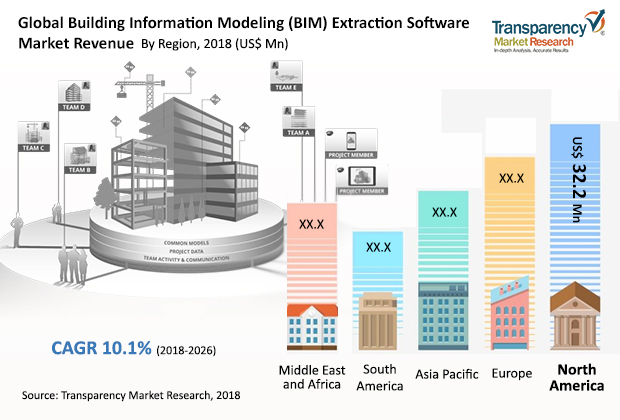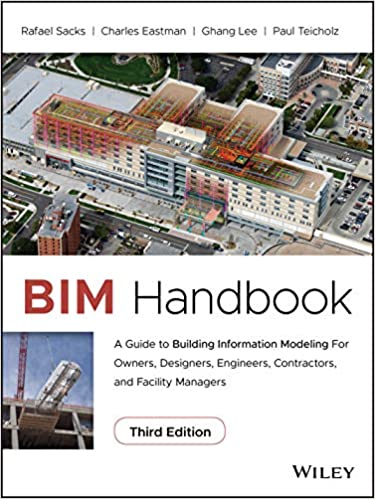In recent years, the boom in infrastructure has prompted architects, engineers and construction companies to use methods for modeling building information in new construction projects. The modeling of building information, or better known as BIM, has found full acceptance in the industry and is now continuing in educational institutions.
The BIM interoperability Implementation using 3D visualization and automation has helped engineers reduce the strain on their shoulders. The main advantages of BIM include a better understanding of the concepts and a clearer picture that helps with marketing and demonstration. Students, teachers, potential customers and salespeople are able to educate each other and address their concerns.
How does BIM work?
BIM is a term used to represent the collaborative methodology used by various stakeholders involved in project design. It is a digital representation of the physical and functional properties of a facility or plan.
BIM is an automated model that enables more convenient data transfer across different shared platforms to support all parties involved in the design. This increases BIM interoperability through a shared data-rich model.
Advantages of BIM
Overall, 40% of all professionals from all three sectors have repeatedly stated the value of BIM during the design and development of the phase. The architects using BIM used 3D modeling instead of 2D drawings to create more precise models.
The use of BIM has also increased productivity. The AutoCAD, which employed 2-3 people, has now been reduced to 1 person using BIM. The software optimizes individual skills and production. BIM also helps minimize errors and omissions in documents.
BIM benefits for owners
The implementation of the BIM by the construction company helps the marketing agents to sell the projects more effectively. This range of new services enables customers to easily participate in the documentation and modeling process.
This gives the customer more powers and control over the project, possibly since he becomes a developing party. Communication with the owners has improved significantly with the advent of BIM.
BIM implementation
The AEC industry uses BIM for 3D visualization, collision detection, design feasibility check, cost estimation, quantity decrease, 4D planning, LEED analysis, environmental analysis, feasibility analysis, drawing and facility management.
In integrated project management, owners, design teams, draftsmen, construction, operations and maintenance teams work together to deliver the project. The previous study showed that IPD (Integrated Project Delivery) enables the BIM to be fully implemented. As a result, the customers involved in the IPD can also benefit if the IPD is integrated into an educational institution.
The future of BIM
Conducted surveys and data collected from various sources for the BIM response have categorically shown that BIM has emerged from other techniques / models.
93.25% of the engineers surveyed rated this positively, 44 construction companies promised to use it in their companies, and 88 respondents suggested that it be promoted.
 TopsDecor.com Home Decor Ideas
TopsDecor.com Home Decor Ideas







